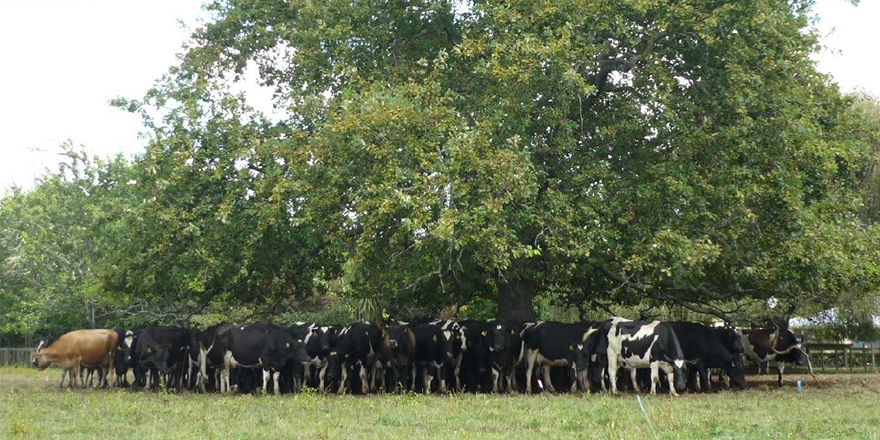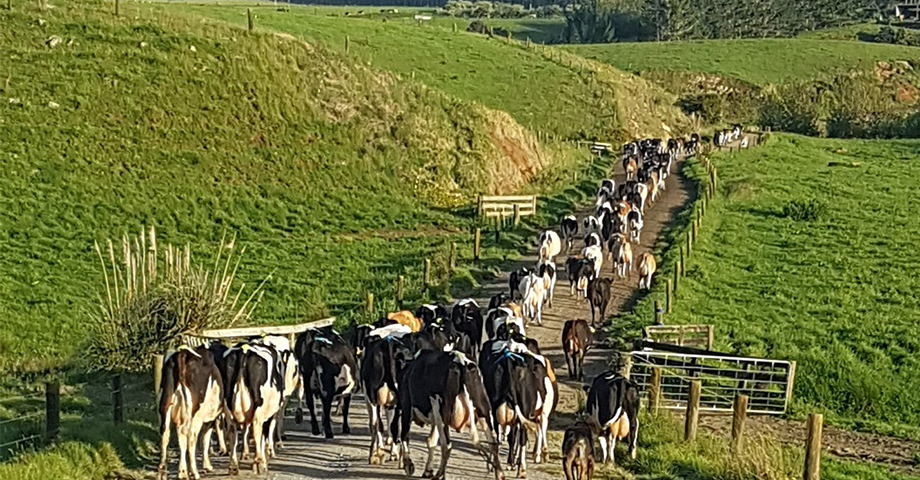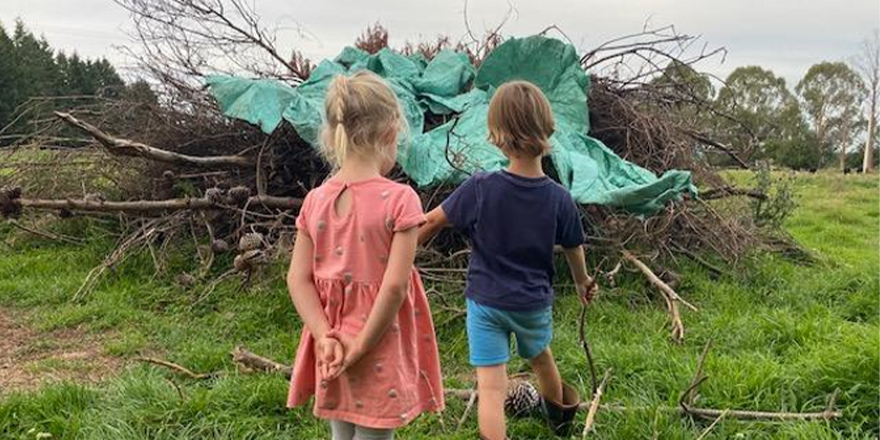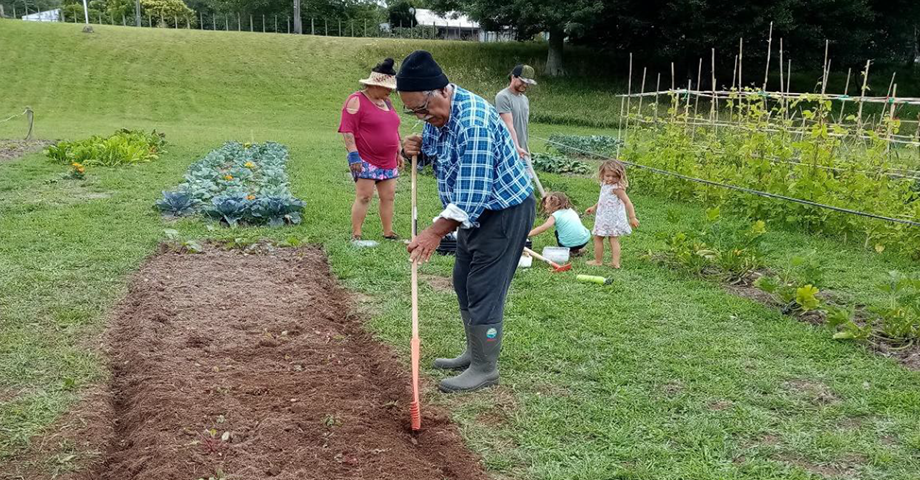
Executive Summary
Currently one fifth of New Zealand households don’t have enough food for active and growing children to support physical and mental development. Disadvantages such as these aren’t isolated to other parts of the world, this is happening on our door step.
It’s common knowledge that children need to have their nutritional needs met to have greater success in the classroom. Many industries have entered into the fray to address this issue yet Kids Can still endures a huge waiting list of schools, in the desperate 1 to 4 decile range, searching for external funding for solutions to this problem.
First Light Foods NZ are in the early stages of trialling a ‘Meat for Kids’ project starting in Hawkes Bay, to provide a low cost-industry good, balanced and nutritious meat-based meal twice a week to children in this situation. Although initially small the intent of the programme is to cover the length of the country to meet the 22% of children that go hungry at least once a week, at the coal face with a warm meat-based meal, that is externally approved by health organisations.
The ‘Meat for Kids’ programme has an excellent opportunity to open the door and educate the industries next consumer and also potential workforce. The literature has convincingly shown that children aged 6-9 are most receptive to influence than at any other time of our life. Therefore, in using the ‘Meat for Kids’ initiative as a vehicle to go direct to the children an obvious platform presents itself for the food industry to make a meaningful impression on their life.
As an industry we spend a lot of resourcing promoting the industry throughout secondary schools, which the research has shown is not the most effective age group we should be targeting. Looking through the current organisations that are driving resources from our industry into schools, we can see a trend of barriers, primarily in teachers, with their ever-growing workload, it poses the question – how can we avoid this barrier and go direct to the children?
Through a research survey conducted with teachers throughout NZ seven key areas were identified to successfully capture and maintain a child’s attention. From these points of engagement as outlined in the findings of the report, the recommendation of a set of competition cards was born.
The utopia of these findings will be a greater NZ where all children have access to a nutritious diet, that allow everyone an equal opportunity to learn and develop without circumstantial disadvantages. And also, where the whole of society has an understanding of where their food comes from and that they are active positive contributors to that value system to promote its prosperity.




